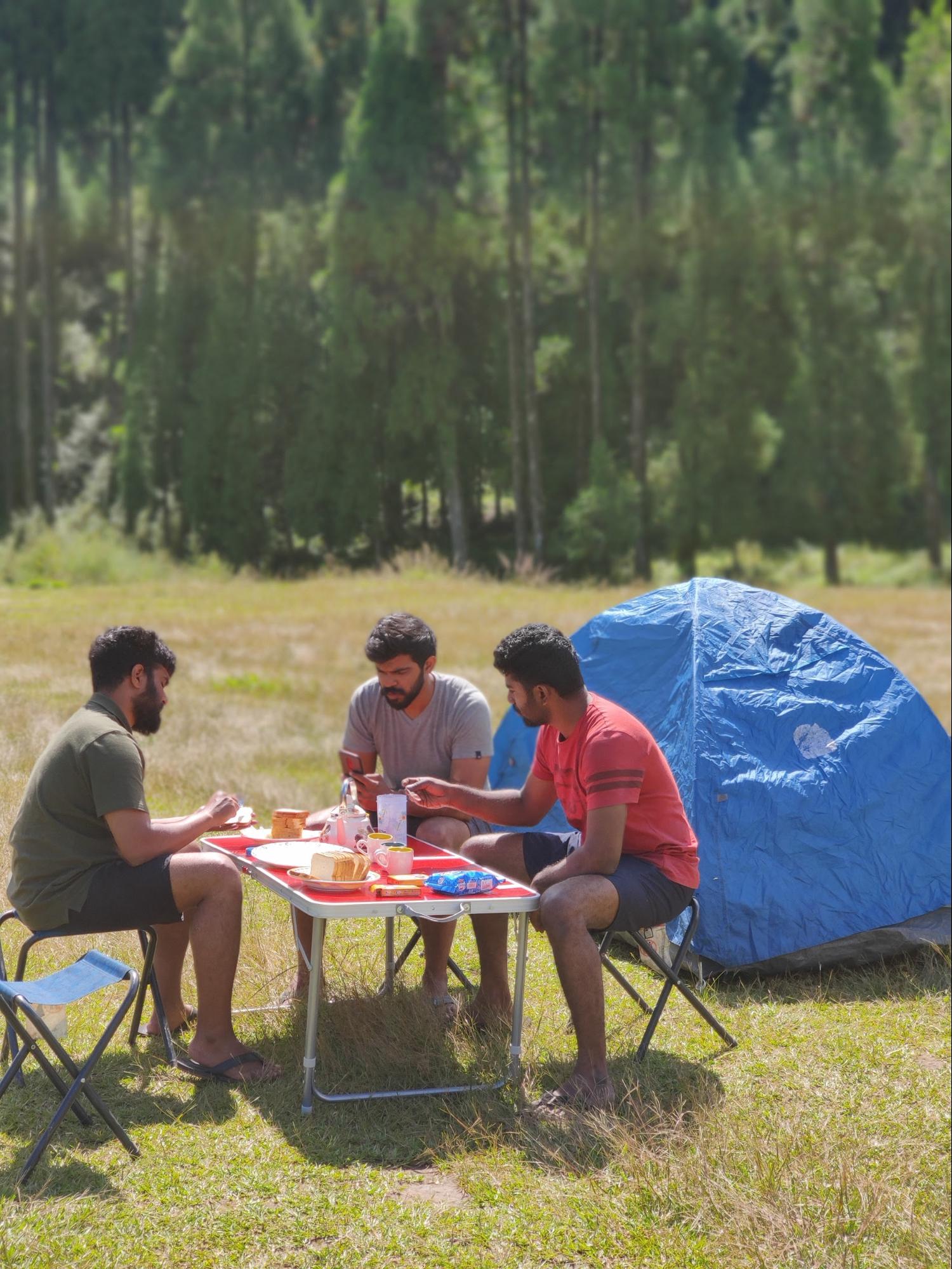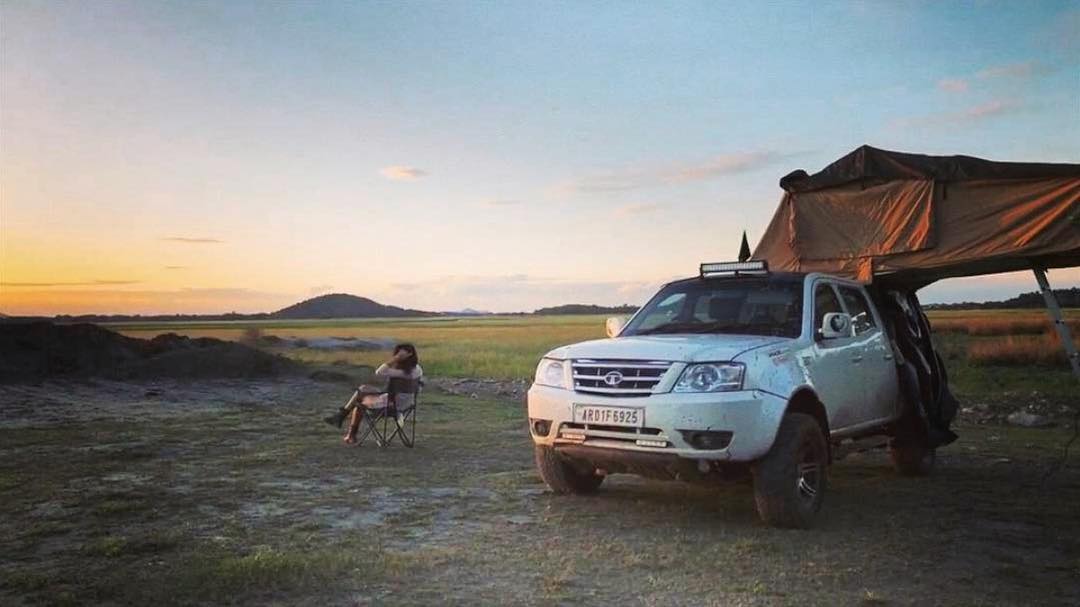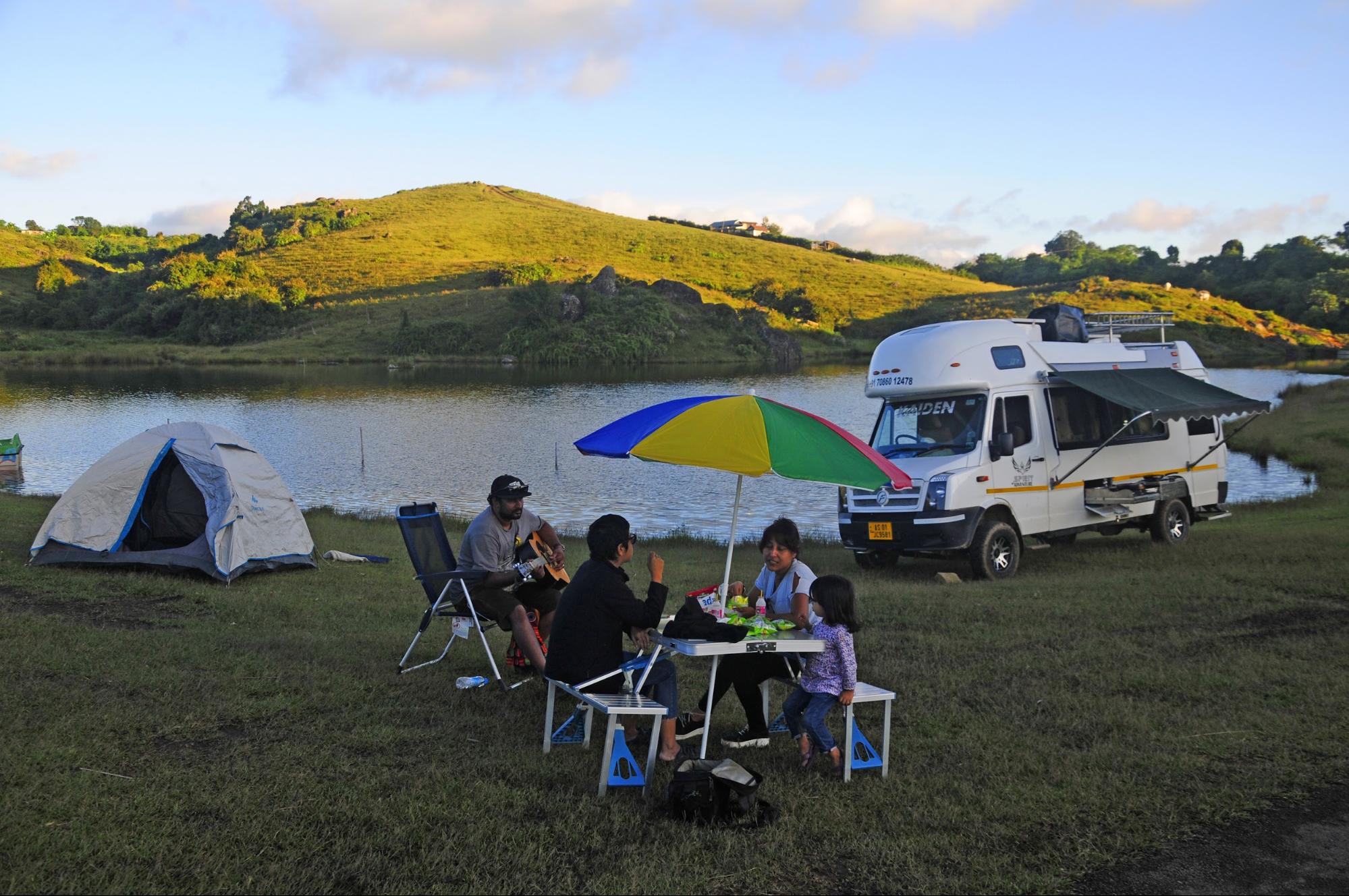Are you aware of the term ‘slow travel’? Dawning around the 1980s in Rome, Italy it is a byproduct of protests against the opening of a fast-food chain to defend traditional cuisines and local produce which forms an integral part of their culture. Slow travel, much like ‘slow food’ (literally the inverse of fast food) is the opposite of fast travel. You now find many travel bloggers sharing personal experiences from this ‘new’ travel form with their extensive online audience. Unlike fast travel where you squeeze the most number of destinations in your limited number of days, slow travel is totally flexible and about going to places, as few as they may be, to enjoy the place and connect with its elements and people. There isn’t a defined structure to the journey ahead and the itinerary can change depending on how events shape themselves in the present moment. The journey builds itself up rather than premeditated decisions. This factor alone is a game-changer to the travel world.

Plainly, it’s about experiencing the different elements of diverse places irrespective of your presence. It’s quite interesting to know what the environment and daily ongoings of these places are as you see the difference between different lifestyles. It stems from the curiosity to know more about the world, the fundamental purpose of any travel back in the day. You could go as far as saying it’s wired deep down in our genetic code. As 2019 was all about solo travel, exploring unseen destinations, and budget trips, travel trends by industry leaders predict slow travel to be the top contender for tourism in 2020.
How does it affect the tourism industry?
The overcrowding of popular destinations has given rise to something called as ‘undertourism’. It is the result of people flocking to places with the highest online traction mainly due to influencers or social media. Undertourism is when travellers prefer going to places seeking insight into the daily lives of the local people by opting for homestays over luxury hotels, local cuisines and culture over global food franchises and western culture etc. It addresses the need to reduce our consumption of resources that leaves an irreversible impact on the place and therefore its people. Other extensions to this form of travel are responsible tourism and sustainable tourism.

In an attempt to bring balance to this problem, Camping Co. offers the concept of overlanding in Northeast India and Bhutan with its range of nature and eco-friendly overland locations and campsites. It serves as a fitting model that includes responsible, rural and sustainable tourism wrapped in a coat of slow travel. The unbounded self-drive recreational car rental in Guwahati, Northeast India allows you to move flexibly as per the progressing events and interests of your journey. Carrying your accommodation in the form of rooftop and ground tents is a way to ensure you are responsible for your travel decisions and is imperative in laying down the foundations for the infrastructure of sustainable tourism. Should you need a more comfortable stay on your overland journey you can always book the eco-friendly campsites and resorts. It extends the tourism industry to the rural regions of Northeast India in the right manner, one where the host destination has control over the flow of travellers which lets them weigh the resources and ecosystem in accord.


Having said all of the above, slow travel does not necessarily mean going to offbeat destinations only, or places where you are bound to have language barriers or even to places that come under the umbrella of developing regions. With slow travel, you can still visit the touristy places but must pace it down a couple of notches. Let the moment sink in without having to worry about making it on time for the next mode of transport that takes you to the next destination on this journey that you have been waiting for and drooling over during your office hours and in the middle of uninteresting conversations. Just be there and watch people do what they do daily, get to know more about the monuments that people stand in front of, click pictures and move on, head behind the counters and talk to the chef who made your food about the origin of their culinary world and change in flavours. If you see children or adults playing in a park or a ground, stop and let that inner child be free and careless for 30 minutes. Because when we head back to wherever we come from, the pictures and videos with the known elements can only be looked at so many times but the memories that you make doing things that are new to you and break the routine create a more interesting and usually longer lasting neurological pattern, an imprint of your time to wherever you went. Let us know what you think about the travel trends for this year in the comments below. Feel free to share new experiences that you may have encountered in your travels.
